Delving into Color Tools and Their Roles
I am a creative and analytical person who enjoys problem-solving and finding creative solutions. I am driven by curiosity and a passion for learning, and take initiative to explore and understand new concepts. I am a great communicator and collaborate well with others, and am always looking for opportunities to improve myself and my team.
Delving into Color Tools and Their Roles
The Challenge of Choosing the Right Color
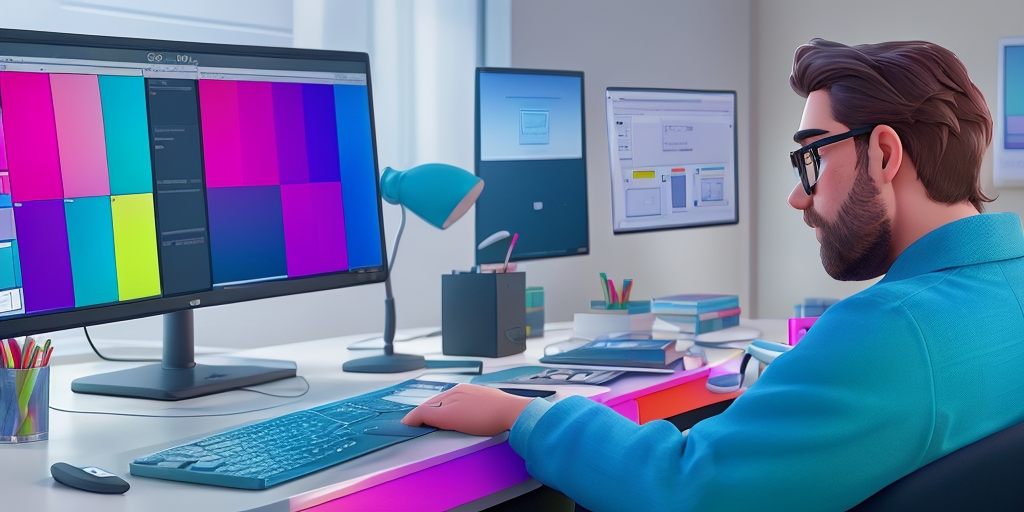
With an almost infinite number of colors to choose from, it's easy to feel overwhelmed. How do you know which colors will work well together? How can you ensure that your color choices will convey the right message and evoke the desired emotions? These are just some of the questions that can make color selection a daunting task.
The Solution: Color Tools
Color tools are here to save the day. These handy tools can simplify the process of color selection, making it easier for you to choose the perfect colors for your design projects. Whether you're designing a logo, a website, or an app, a color tool can help you create a color scheme that is visually appealing and perfectly suited to your project's needs.
- They can generate color palettes based on a single color.
- They can suggest complementary, analogous, or triadic color schemes.
- They can help you identify the colors used in an image or a website.
Why Use a Color Tool?
Color tools offer numerous benefits. They can help you create a cohesive color scheme, ensuring that your design looks professional and visually appealing. They can also save you time by quickly generating color palettes and suggesting color combinations. But perhaps most importantly, they can give you the confidence that your color choices are sound, allowing you to focus on other aspects of your design.
So, how exactly do these color tools work? And what are some of the best color tools out there? Stay tuned as we delve deeper into the world of color tools in the next section.
Understanding Color Tools
Color tools are not just a fancy addition to your design toolkit. They are essential software or online platforms that help you choose and manage colors for your design projects. But what exactly are these tools and how do they work? Let's dive in and find out.
The Paint Tool
At the most basic level, we have the Paint tool. This is a simple color tool that allows you to fill an object with color. It's like having a digital paintbrush at your fingertips. You select a color, and with a click, your object is filled with that color. It's as simple as that.
But the world of color tools doesn't stop there. There are more advanced tools that offer additional features, making your design process even more efficient and creative.
Advanced Color Tools
Advanced color tools take the functionality of the Paint tool and amplify it. They offer features such as color matching and color scheme creation. These tools can analyze an image and extract a color palette from it, or they can generate a color scheme based on a single color you choose.
- Color Matching: This feature allows you to upload an image, and the tool will generate a color palette based on the colors in the image. This is particularly useful when you want to create a design that matches a specific photo or piece of artwork.
- Color Scheme Creation: With this feature, you input a base color, and the tool generates a color scheme around it. This can be a monochromatic scheme (different shades of the same color), a complementary scheme (colors opposite each other on the color wheel), or any number of other types of color schemes.
As the famous artist Pablo Picasso once said, "Colors, like features, follow the changes of the emotions." These advanced color tools allow you to tap into the emotional power of color, creating designs that not only look good but also evoke the right feelings in your audience.
Now that we've covered what color tools are and what they can do, you might be wondering how to use them. Well, that's exactly what we're going to cover in the next section. So, are you ready to take your designs to the next level with the power of color tools?
How to Use a Color Tool
Using a color tool is a breeze, even if you're a beginner. It's like having a personal color consultant at your fingertips, ready to guide you through the color selection process. Let's break it down into two simple steps: choosing a color and applying it.
Choosing a Color
Most color tools offer a color wheel or a color palette for you to choose from. It's like walking into a virtual paint store with an endless array of colors. You can select a color that catches your eye or use the tool's features to find a specific shade.
For instance, let's say you're designing a logo for a company that sells eco-friendly products. You might want to choose a green color to represent nature and sustainability. With a color tool, you can easily find the perfect shade of green that conveys these values.
Applying the Color
Once you've chosen your color, it's time to apply it to your design. This is where the Paint tool or a similar feature comes in handy. It's like having a virtual paintbrush that you can use to color your design.
Let's go back to our logo example. Once you've found the perfect shade of green, you can use the Paint tool to apply it to your logo. You can also use the tool's features to adjust the color's intensity and transparency, giving you complete control over the final look of your design.
As the famous artist Pablo Picasso once said, "Colors, like features, follow the changes of the emotions." With a color tool, you can choose and apply colors that evoke the right emotions, helping you create designs that resonate with your audience.
Now that you know how to use a color tool, are you ready to explore the different color tools available? Each tool has its own unique features and benefits, and knowing how to use them can take your designs to the next level. But which color tool is the best for you? Stay tuned to find out!
Exploring Different Color Tools
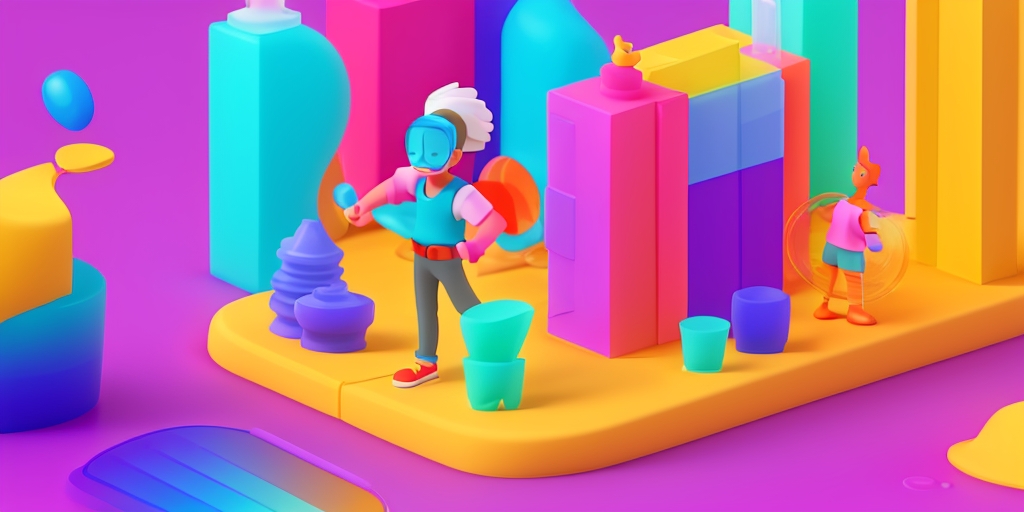
With the digital world expanding at an unprecedented rate, the number of color tools available to designers has also seen a significant increase. Each tool comes with its own unique features and benefits, making it easier for you to choose the perfect color for your design. Let's take a closer look at some of these tools.
Adobe CC Color Wheel
Adobe Creative Cloud (CC) offers a comprehensive color tool known as the Adobe CC Color Wheel. This tool is widely used by designers due to its extensive range of features. It not only allows you to choose colors but also offers color matching and color scheme creation. This means you can easily create a cohesive color scheme for your design, ensuring it looks professional and visually appealing.
For instance, if you're designing a website for a nature-based organization, you might want to use colors that reflect the natural world. With the Adobe CC Color Wheel, you can easily find and match colors that evoke feelings of calm and tranquility, such as shades of green and blue.
Coolors
Coolors is another popular color tool that offers a unique feature - the ability to create, save, and share color palettes. This can be particularly useful when you're working on a team project. You can create a color palette that matches the project's theme, save it, and share it with your team members. This ensures everyone is on the same page when it comes to the color scheme of the project.
Imagine you're working on a project that requires a retro vibe. With Coolors, you can create a palette that includes vintage colors like mustard yellow, burnt orange, and teal, and share it with your team. This way, everyone can use the same color palette, ensuring the project has a consistent, retro look.
Flat UI Colors
Flat UI Colors is a color tool that offers a selection of modern, flat colors that are perfect for web and UI design. Flat colors are simple, clean, and uncluttered, making them ideal for modern design projects. With Flat UI Colors, you can easily find and use these colors in your designs.
For example, if you're designing a minimalist website, you might want to use flat colors to keep the design simple and clean. Flat UI Colors offers a wide range of flat colors, making it easy for you to find the perfect color for your design.
As the famous artist Pablo Picasso once said, "Colors, like features, follow the changes of the emotions." The right color can evoke the right emotion in your audience, making your design more effective. But how can you ensure you're using your color tool effectively? Stay tuned for the next section where we'll delve into how to maximize the use of color tools.
Maximizing the Use of Color Tools
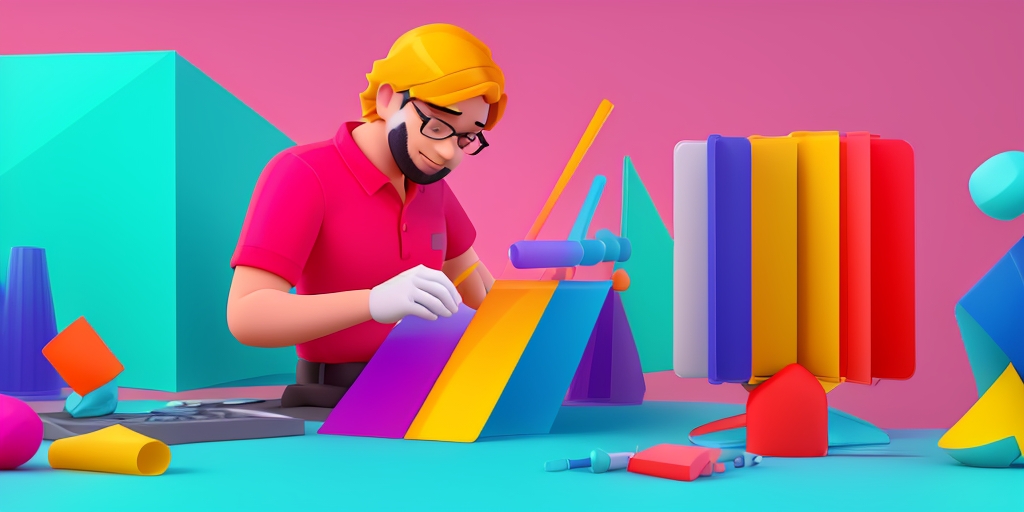
Now that you're familiar with the basics of color tools, let's delve deeper into how you can maximize their use. Remember, the key to creating stunning designs lies not just in the tool itself, but in how effectively you use it.
Understanding Color Theory
Before you start experimenting with color tools, it's crucial to have a basic understanding of color theory. This knowledge will guide you in choosing colors that not only look good together but also convey the right message. For instance, did you know that red often signifies passion and urgency, while blue evokes feelings of trust and stability? A study by the Pantone Color Institute even found that color can influence consumer behavior and brand perception.
Color theory also teaches you about color relationships and harmonies. For instance, complementary colors (colors directly opposite each other on the color wheel) can create a vibrant contrast, while analogous colors (colors next to each other on the color wheel) can create a harmonious blend. Understanding these principles can help you create more effective and visually appealing designs.
Experimenting with Different Colors
Once you have a grasp of color theory, it's time to start experimenting with different colors and color combinations. Don't be afraid to step out of your comfort zone. You might be surprised at what works!
For instance, try using a color you've never used before, or combine colors in a way you've never thought of. You can also play around with different shades, tints, and tones of a color. Remember, the goal is not to find the "perfect" color, but to discover new and exciting color combinations that can make your design stand out.
Most color tools also have a feature that allows you to save your favorite colors or color palettes. This can be a great way to keep track of colors you like and want to use in future projects.
So, are you ready to take your designs to the next level? In the next section, we'll recap the power of color tools and how they can make your design process easier and more efficient. Stay tuned!
Recap: The Power of Color Tools
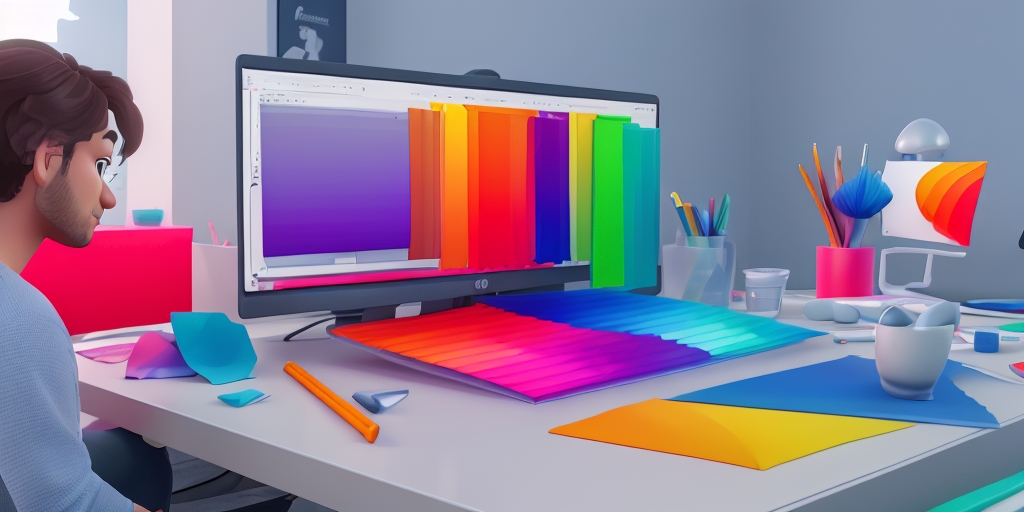
Color tools are a game-changer in the world of design. They simplify the process of selecting and applying colors, enabling you to create visually appealing and professional designs with ease. Whether you're a novice or a seasoned designer, there's a color tool out there that's just right for you.
The Right Tool for the Job
Every designer has unique needs and preferences when it comes to color selection. Some may prefer a simple tool that allows them to pick a color from a palette, while others may require more advanced features like color matching and scheme creation. For instance, a graphic designer working on a logo may find the Adobe CC Color Wheel useful for its wide range of features, while a web designer might prefer Flat UI Colors for its modern, flat color options. The key is to find a tool that suits your specific needs and enhances your workflow.
Making the Most of Your Color Tool
Mastering a color tool requires practice and experimentation. Don't be afraid to play around with different colors and combinations. You might stumble upon a unique color scheme that perfectly captures the essence of your design. Remember, a color tool is not just a utility, but a creative instrument that can inspire and bring your designs to life.
For instance, you could start by creating a color palette using Coolors, experimenting with different hues and shades. Once you're satisfied with your palette, you can apply it to your design using the Paint tool. This process not only simplifies color selection but also ensures a cohesive and harmonious color scheme.
Wrapping Up
In conclusion, color tools are an invaluable asset for any designer. They take the guesswork out of color selection, allowing you to focus on what truly matters - creating stunning designs. So, whether you're designing a website, a logo, or a digital art piece, make sure to leverage the power of color tools to bring your vision to life.



.jpg)
.jpg_nowm_640.jpg)
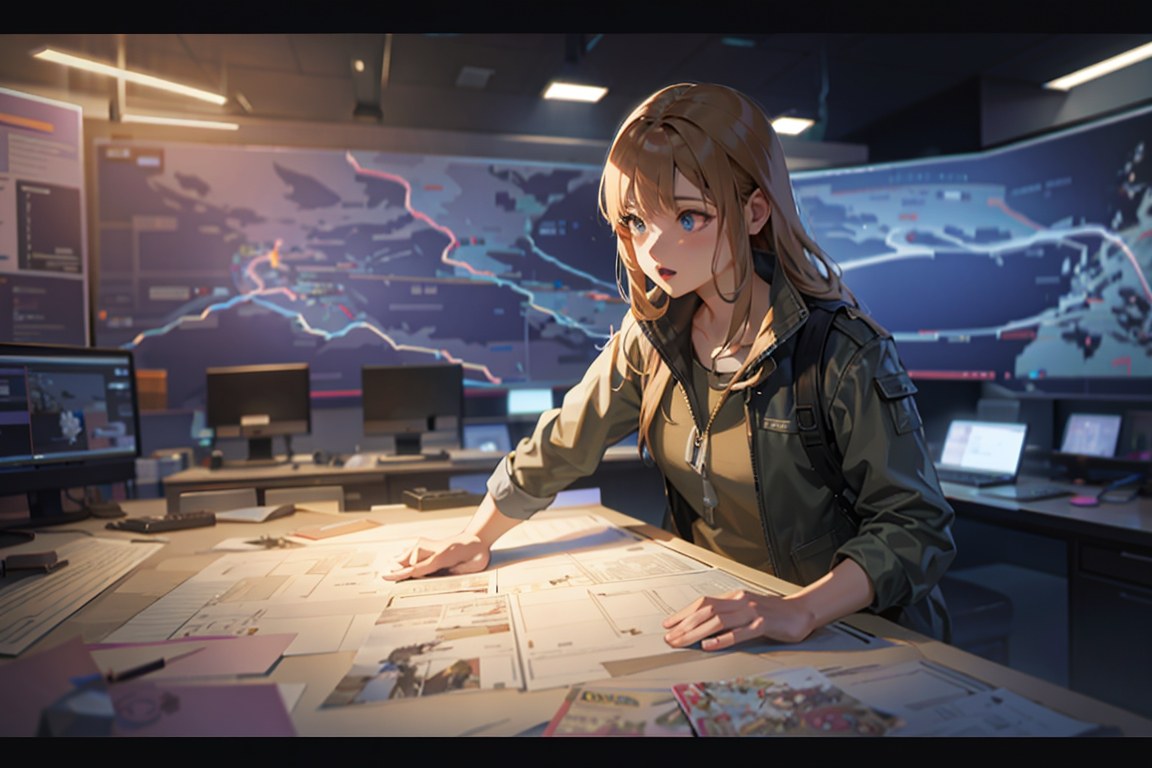
.jpg)
.jpg_nowm_1260.jpg)